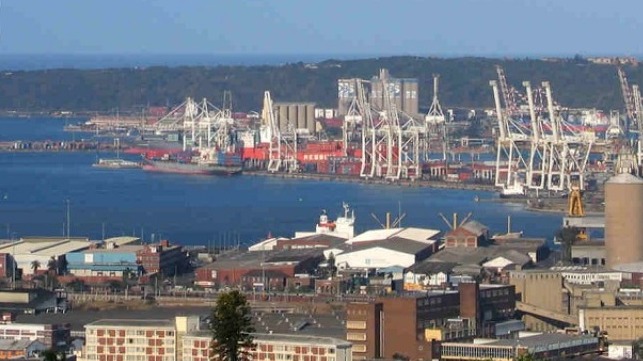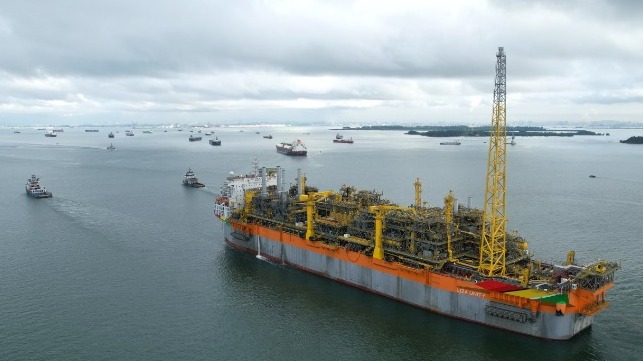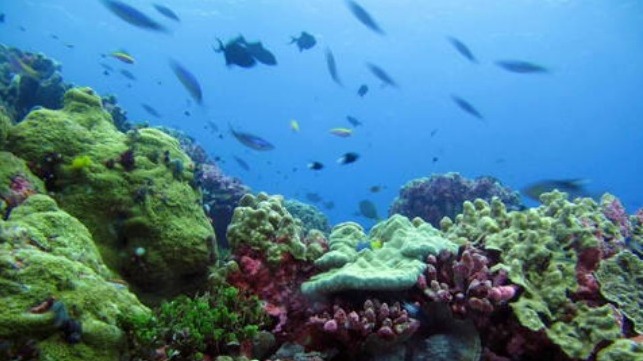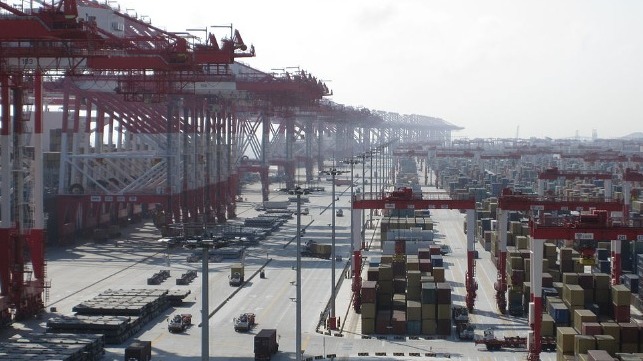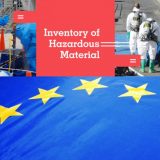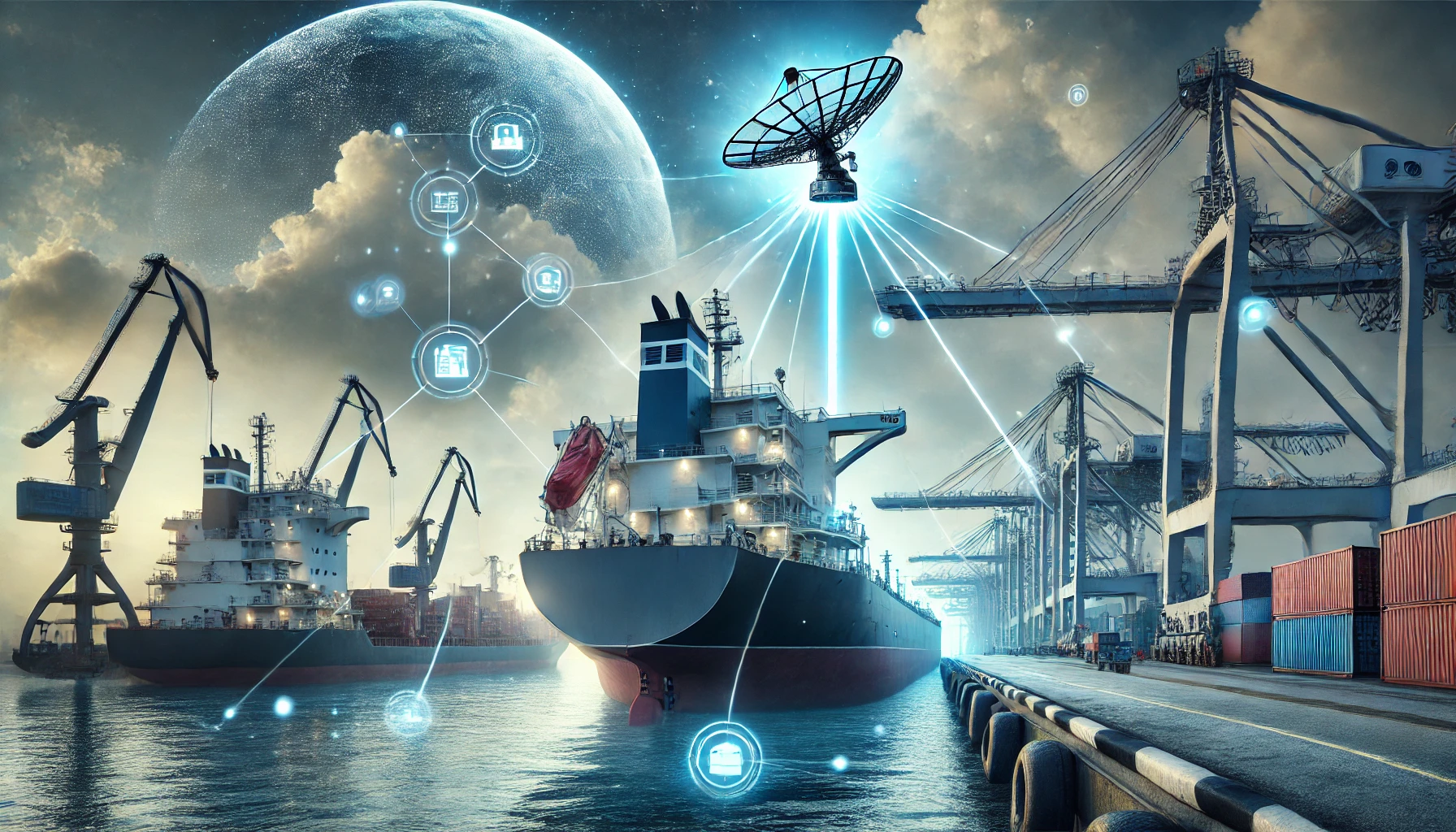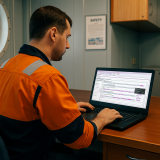ov 12 UPDATE: Today’s salvage schedule includes second row of booms to be placed around the ship, to fully prevent small (repeat – small, not “disastrous”) leak of oily water from reportedly, flooded engine room. The ship equipped with pumps and hoses to siphon fuel from RISE SHINE bunker tanks is already on site, to commence fuel siphoning today. Salvors, later, plan to offload the ship partially or fully, in order to refloat her. The ship dropped both her anchors, second one probably after crew found ship’s drifting.
Grounding analysis:
In fall-winter seasons storms and bitter cold are brought by high-pressure atmospheric zones over Siberia. Vostok Bay has a rather bad reputation as a shelter from such storms – winds are treacherous, and most importantly, bottom in the bay can’t hold anchors securely enough, anchors are dragged, ships start to drift. My friend, Captain of bulk carrier told me a story of his experience of sheltering in Vostok Bay – he had to, finally, heave up anchor and sail to sea to wait out storm, after anchor dragged. Sister ship of his company once had to let anchor with chain go, to leave anchorage in emergency, facing the threat of grounding.
So there’s little doubt as to the cause of RISE SHINE grounding – crew and Master, ignorant of Vostok Bay sheltering specifics, anchored and got a false sense of safety, most probably failing to regularly check ship’s position via control bearings and distances. The ship has been caught unprepared when anchor dragged, and ship started to drift. A pure case of negligence and lack of seamanship, if you ask me.
SOURCE READ THE FULL ARTICLE
https://www.fleetmon.com/maritime-news/2021/36129/container-ship-aground-nakhodka-update-nov-12-anal/

